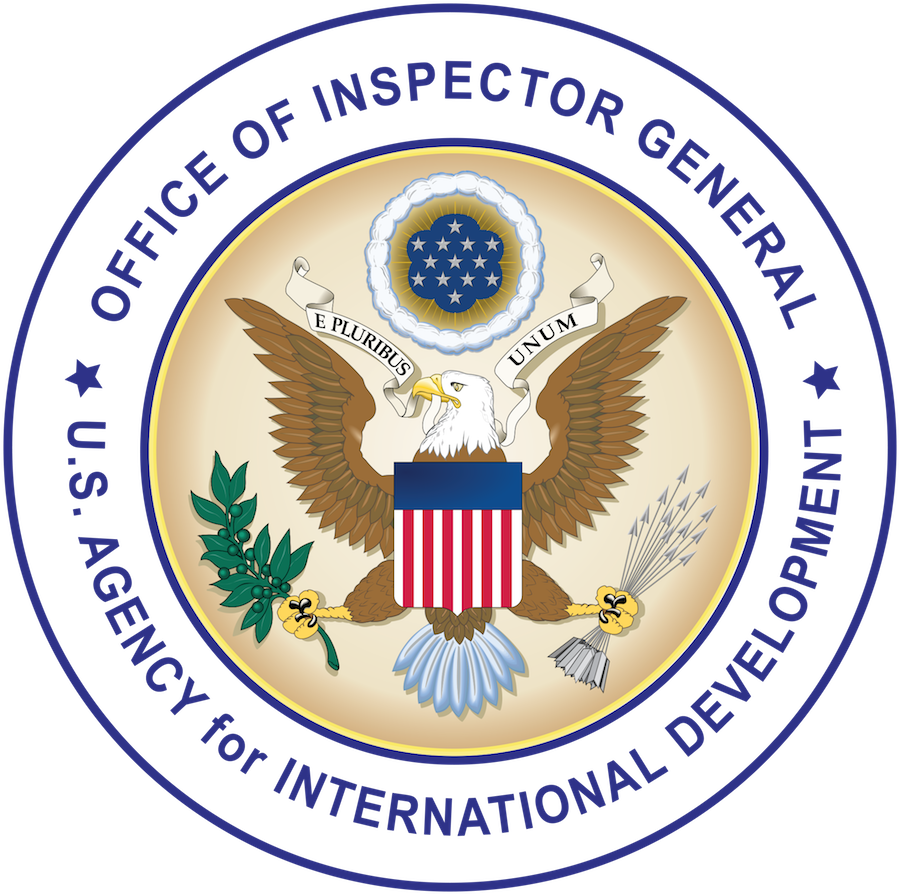Why We Did This Audit
USAID uses monitoring as a critical oversight tool to help determine what effects programming has in a location and how programming should adapt to changing environments. USAID has long employed third-party monitoring as one of the mechanisms to supplement the Agency’s efforts to ensure that projects and activities contribute to measurable, sustainable results. These third-party monitors assist USAID in assessing the Agency’s requirements, internal controls, and activities.
Our audit objectives were to assess the extent to which selected USAID missions in Asia (1) used third-party monitors in managing their programs and (2) acted on information obtained from third-party monitors to ensure that identified issues had been addressed.
Key Findings
USAID missions in Bangladesh, Nepal, and Pakistan contracted with third-party monitors for various activities and services but used them to varying extents. One third-party monitor provided services across a variety of sectors and activities, while others were contracted for their technical expertise in a specific sector. Concerns about the quality of the products and services offered by third-party monitors as well as a lack of guidance on how to use their services led to the limited use of third-party monitors by one mission, risking decreased efficiency in monitoring.
While all three missions occasionally tracked, followed up on, and resolved issues identified by their third-party monitors, some issues were either not addressed in a timely manner or were missing supporting documentation. This is because the three missions lacked a systematic and centralized process to ensure that issues identified by third-party monitors were:
(1) resolved with supporting documentation,
(2) being addressed by the technical offices or implementers, and
(3) resolved in a timely manner.
Lack of a systematic and centralized process at the three missions may have left important issues unaddressed, defeating the purpose of having third-party monitors point out issues of concern.
We are making four recommendations to improve the selected missions’ use of third-party monitoring contractors and the process for tracking and resolving the issues identified by them.
